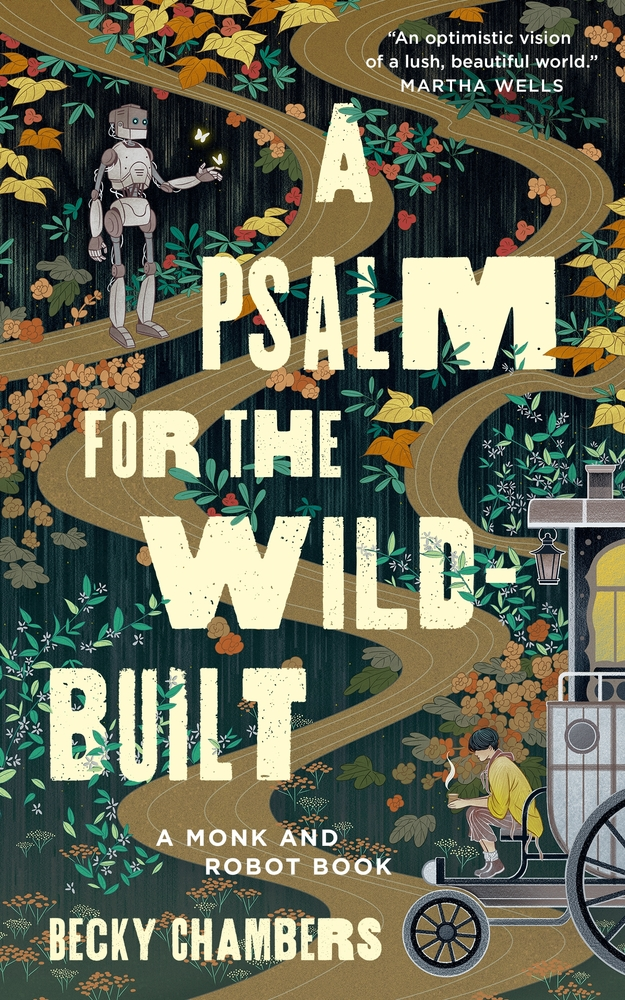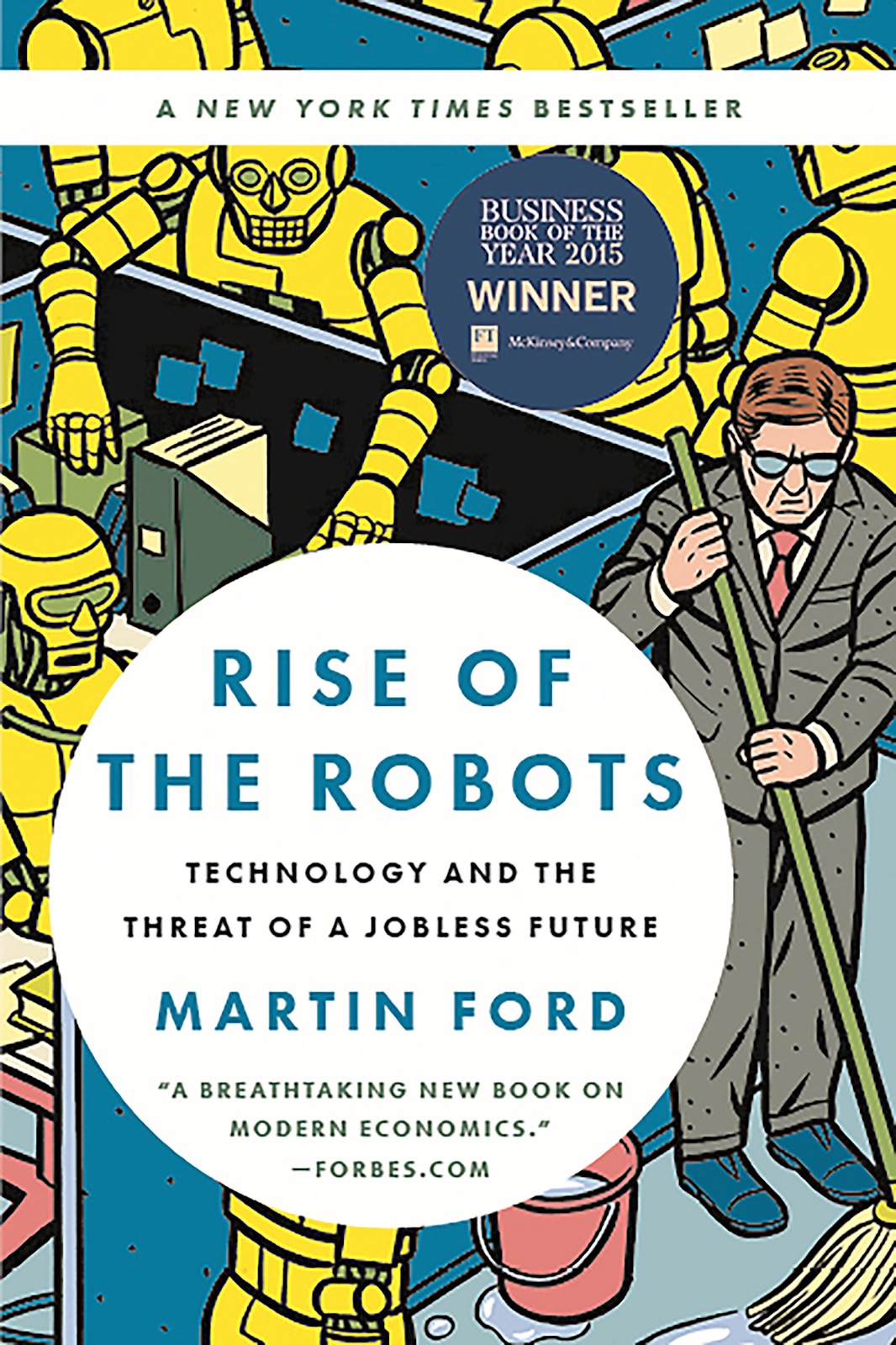"The robot poured. Sibling Dex drank. In the wilds outside, the sun set, and the crickets began to sing." -A Psalm for the Wild-Built, Becky Chambers
Author: Becky Chambers
Title: A Psalm for the Wild-Built
Genre: Science Fiction, Apocalyptic Fiction
Publication Date: July 13, 2021
Number of Pages: 160
Geographical Setting: Panga
Time Period: Sometime in the future (~300 years)
Series: Monk and Robot #1
Plot Summary: Centuries after robots gained consciousness, put down their tools, and wandered into the wilderness, Sibling Dex is living in the city but longing to hear crickets as they fall asleep. They feel a deep longing for more than what their life currently has and believes this can be found outside of the city. This leads them to leave the life they built for themselves at their monastery to become a tea monk, someone who travels the countryside listening to people’s problems and offering them a listening ear and a cup of tea. This works for Dex for a while until they once again feel that restlessness for more. They decide one day to travel to a long abandoned hermitage outside of the human lands, hoping that they’ll find something more. On this journey, they come across Mosscap, there to honor the robot’s promise to check in on humans and are forced to confront why they are unsatisfied in their life and where they go from there.
Subject Headings: Desire, Robots, Voyages and travels, Self-reflection, Monks, Nonbinary people, Consciousness, Alliances, Cozy
Appeal:
Character
• The book is entirely driven by Sibling Dex’s internal struggles and desire for something more. One of the main points of this book is that humans have created a world where every necessity is provided and offered, but Sibling Dex struggles with wanting something more than what’s offered. We follow along with Dex as they leave the monastery to become a tea monk, and then go on a journey into the wilderness to find an abandoned hermitage. Their journey with Mosscap forces them to confront the questions they’ve been avoiding and come to terms with life and what it offers.
Setting
• The setting for this book is important because Dex has a desire to leave what’s familiar to them behind. The setting begins in the city, where it feels like a high tech world. Reading the first chapter, I was overwhelmed with questions about this city and this world, which is really well-done by the author, because Dex was also feeling overwhelmed and discontented by their life in the city. When they leave the city and make their first stop with their ox-bike, that overwhelmed feeling leaves, just like Dex’s. In the next couple of chapters, the feeling grows again as Dex feels contained by his life traveling the countryside as a tea monk. From there, we enter the wilderness beyond human lands where Dex meets Mosscap and where most of their internal struggles play out. Each of the settings represent something different to Dex and are important to their storyline.
Mood
• The overall mood of this book is reflective. We’re ultimately following along on Dex’s personal journey. Throughout the story, we’re wondering why Dex needed to leave their life in the city and then their life as a tea monk. We don’t find out until the end that their struggling with purpose and a desire for more. The reflective nature of the novel ends very hopefully, with Dex seemingly recharged after Mosscap performs a tea service for them and prepared to take Mosscap to different human settlements so they can find out what humans need.
Relationships
• The growing friendship between Mosscap and Sibling Dex is integral to the story and Dex’s internal struggles. Their friendship with Mosscap is what helps them recognize why they’ve gone on this journey and what they do next. Mosscap’s Prescence, though annoying to Dex at times, is extremely beneficial to Dex. Throughout the story, you realize that Dex has distanced themself from others because they feel slightly different. As a tea monk, they offer a shoulder to cry on and a listening ear to anyone who comes to their tent, but no one has done that for Dex in sometime. Mosscap’s eagerness to learn about humans and help Dex allows them to open up and challenges them to think in ways they never have before. It’s a powerful relationship for both characters and their development.
Ideas
• This book puts forth many ideas and questions about life and purpose. Is there more to it? Does there need to be? Can we just exist as we are? Is a purpose needed? Do we have to contribute something? These are the questions that Dex grapples with throughout the novel.
Sexuality
• While this is not the main focus at all of this book, I personally enjoyed the nonbinary representation. Sibling Dex is nonbinary and uses they/them pronouns. Different sexualities are brought up in the book, but it’s not a focal point of the story. A character’s sexual orientation just is. I wanted to include this as an appeal for those looking for more diverse characters and reads.
3 terms that best describe this book: Atmospheric, Reflective, Hopeful
Similar Authors and Works:
3 Relevant Non-Fiction Works and Authors
For non-fiction books, I looked for works on how AI and robotics are changing the economic landscape. In the book, the robots became conscious after they had been used for all labor in factories. Humans had gradually stopped working as more technology took over until suddenly, only robots were working. With new technology emerging every day that changes the economic landscape, I wanted to find works that discuss that. I also included a book on climate change because several times in the book, there are references to past humans who almost destroyed the world. There’s also a focus on sustainability in the story. Buildings are made from recyclable material and designed to match the landscape where they’re in. Dex’s ox-bike is entirely self-sustaining with solar panels and water filtration devices. I wanted a book on the very real threat of climate change that includes a hopeful message about how we can change, just like the humans in the book did.
Rise of the Robots: Technology and the Threat of a Jobless Future by Martin Ford
Common Appeals: Robots, Technology
The Uninhabitable Earth: Life After Warming by David Wallace-Wells
Common Appeals: Climate Crisis, Future Generations, Hopeful Call to Action
Life 3.0: Being Human in the Age of Artificial Intelligence by Max Tengmark
Common Appeals: Robotics, Technology
3 Relevant Fiction Works and Authors
When looking for similar fiction works, I wasn’t necessarily looking for all science fiction. I wanted books that had the similar vibes to this one (when telling me about this book, a couple friends described it as “cozy”) and hopeful messaging.
In the Lives of Puppets by TJ Klune
Common Appeals: Science Fiction, Apocalyptic Fiction, Robots, World-Building
The History of Bees by Maja Lunde
Common Appeals: Character Driven, Hopeful Tone, Apocalyptic Fiction, Engaging Writing Style, Connecting with Nature
Barefoot Doctor by Canxue
Common Appeals: Character Driven, Leisurely Paced, Atmospheric Tone, Engaging Writing Style, Contemplative Storyline, Herbs







Here's my Goodreads review with more personal thoughts (and also me hyping myself up to read a sci-fi): https://www.goodreads.com/review/show/6273303821?utm_medium=email&utm_source=like_notification&ref_=pe_7171740_475446060
ReplyDeleteHi Taylor! I actually just bought this book yesterday because it's been on my TBR list for a while, and I'm happy I did after reading your annotations!
ReplyDeleteI hope you enjoy!! It's a surprisingly lowkey and cozy book given the big existential questions it asks. A great read!
DeleteThese books all sound a little unsettling, however I love the Matrix movies. So, maybe I would like this book. Thanks for including the Goodreads review. I like the part about "a relatable want for more".
ReplyDelete